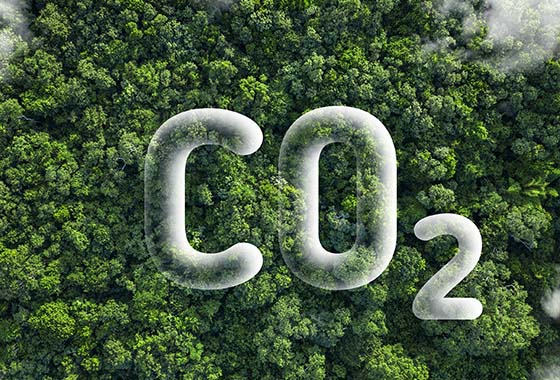As sustainability becomes the trend, what is the role of banks?
Authors: Johnson Kong, Researcher and Serena Chow, Assistant Researcher at Our Hong Kong Foundation

The coronavirus pandemic. The Australian bushfires. The flooding of Yangtze River. The first half of 2020 has barely passed, and yet, has been fraught with some of the most challenging environmental and social disruptions the world has faced in recent years – and with no signs of stopping or recovery. Many wish for things to return to normal, but the “old normal” remains elusive, possibly for good. This Great Reset offers an opportunity for us to rebuild a future - a sustainable future.
The key question is: how do we make our society and economy more sustainable?
To answer this, we need to identify where the capital is coming from. One major source is banks. Companies rely heavily on banks to finance their businesses, especially in Hong Kong. This makes the role of the banking sector ever more crucial. In 2019, Hong Kong’s bank credit (to private non-financial sector) to GDP ratio reaches 253%, much higher than that of Britain and the United States. This highlights the importance of making use of bank’s influence to drive sustainable development in the city.
Becoming resilient
So, what is sustainable banking? Sustainable banking can be understood via three interconnected aspects.
First: resilience. Sustainable banking should be able to cope with environmental changes wrought by climate change and social challenges. For example, climate change will alter the scale, the distribution and the frequency of flooding. In turn, altered patterns of flooding damage assets and bring hefty financial risks to banks. Therefore, in order to be sustainable, banks need to evaluate and lower these risks. Needless to say, a bank that goes bankrupt cannot save the world.
Driving impact
But a truly sustainable bank should not stop at mere resilience. It should make full use of its influence to drive the society towards sustainable development. After all, banks’ survival ultimately hinges on the society’s sustainability.
Impact can be understood in terms of both depth and breadth. The former refers to projects directly related to sustainability. Banks wishing to deepen the depth of their impact would direct more capital, for instance, to renewable energy sector for low-carbon transition.
To put it in another way, if the bank were a farmer, financing these projects would be similar to nourishing a young tree in expectation of it growing tall and strong. In return, it would shield them from rain and wind.
And it’s not just about growing one single tree either. The bank should also grow other plants too to broaden the breadth of its impact. This means leveraging on their influence as a lender to motivate industries’ transition to more sustainable development.
An instance of how this could be done is to lower interest rates for companies with better sustainability performances. And this is how sustainability-linked loans work. The market has witnessed in recent years the mounting popularity of such loans. Over the past two years, sustainability-linked loans globally have seen an average annual growth of more than 500%, and are particularly popular in the European market. In Hong Kong, a similar trend is beginning to take hold, with many banks and companies reaching sustainability-linked loan agreements.
The role of policy
It is, however, not enough to depend wholly on banks. Regulatory authorities have the task of keeping banks on a sustainable track, and there are two ways of doing it.
The first involves setting out supervisory requirements for banks asking them to incorporate sustainability into their governance, strategy, management, and disclosure. The other involves mobilizing banks’ capital into sectors and projects with identified ties to sustainability.
In May, the Hong Kong Monetary Authority unveiled its Common Assessment Framework on Green and Sustainable Banking. And in late June, the regulatory institution published a White Paper on green and sustainable banking.
These policies are mostly supervisory requirements with heavy emphasis on risks. Through improving banks’ management of sustainability-related risks, the city’s regulatory authorities hope to strengthen banks’ resilience in the face of environmental and social challenges.
However, simply supervision is insufficient. Regulatory authorities should also encourage banks to assess their environmental and social impacts, while encouraging more money to flow towards sustainability projects.



